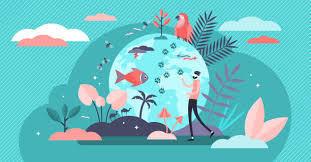Assessment of Coastal and Marine Biodiversity Resources and Ecosystems to Implement the Blue Economy Action Plan

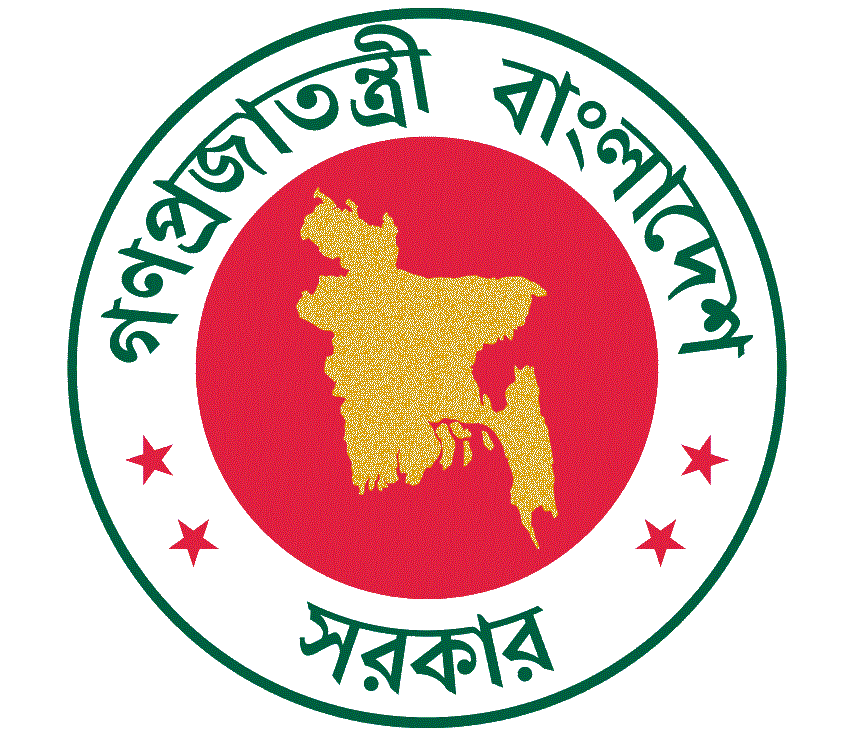



Reported Species Comparison

Distribution of reported species
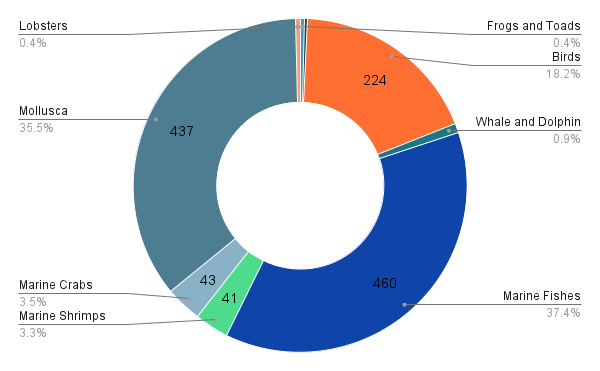
Reported Species Comparison

Ecosystems of Bangladesh
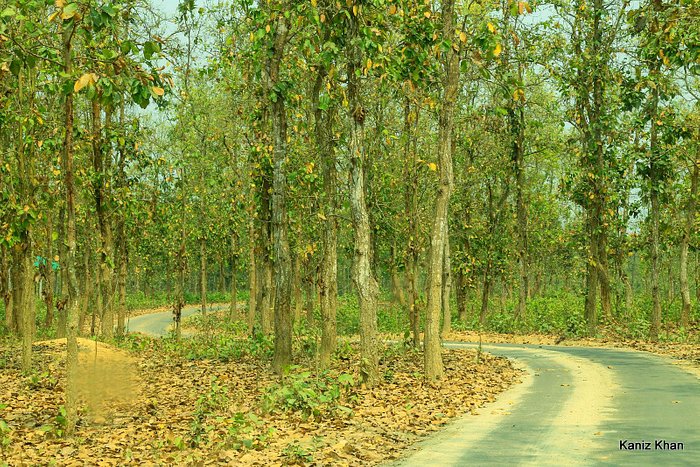
Terrestrial Ecosystem
Tropical evergreen and semi-evergreen forests grow in hilly eastern Bangladesh. With a rich flora of more than 2,000 flowering plants, it is home to 34 globally threatened animal species. Moist deciduous or salt forests, named after the dominant tree species, are located in central and northern Bangladesh and occupy 0.81 percent of the landmass. Degraded and fragmented, the forests have land ridges containing forest remnants and depressions holding rice paddies. Fresh water swamp forests contain flood-tolerant evergreen trees adapted to monsoon flooding.
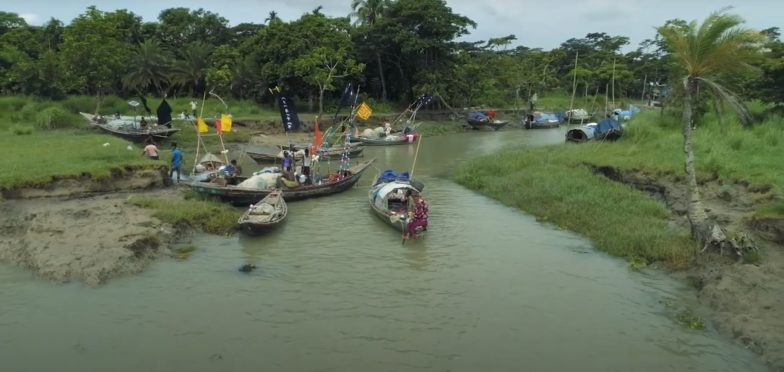
Riverine and Estuarine Ecosystem
Bangladesh has dynamic riverine and estuarine systems with an area of 35,204 sq. km; these rivers and estuaries have been distributed among 29 districts in Bangladesh in which 19 districts are coastal (Table 1). There are four major river systems that have mainly been shown in Bangladesh i.e., Brahmaputra-Jamuna, the Ganges-Padma, the Surma-Meghna, and the Chittagong Region River system. On the other hand, the main estuarine systems are of Brahmaputra-Megna (Gangetic delta), Karnaphuly, Matamuhuri, Bakkhali and Naf rivers (Kamal & Khan, 2009). The coastal ecosystems are natural and man made mangroves, salt marshes, seagrass, seaweeds, fisheries, coastal birds, animals, coral reefs, deltas, salt beds, minerals and sand dunes (Kamal & Khan, 2009).
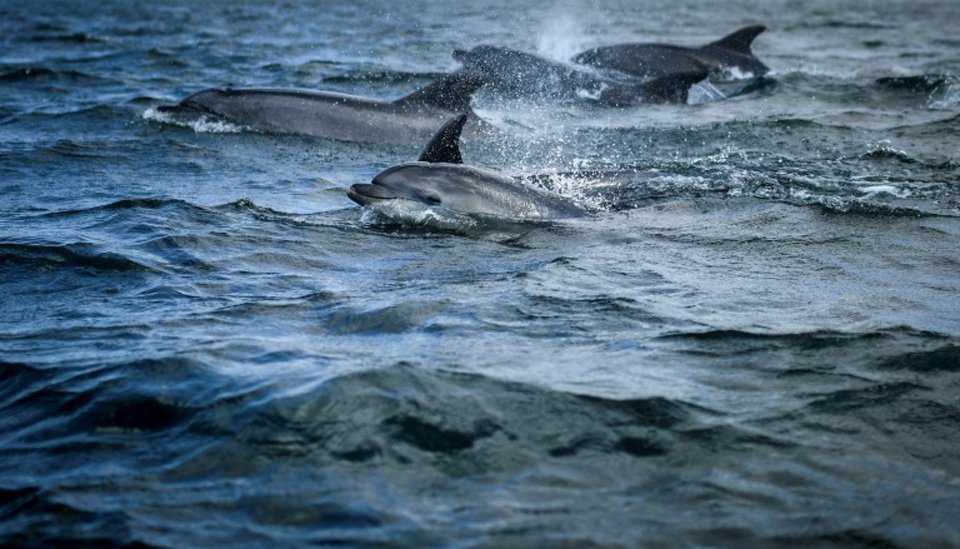
Marine Ecosystem
Bangladesh has a coastal area of 2.30 million ha, which having 714 km of coastline of along the Bay of Bengal, this vast marine environment supports numerous organisms includes plants, invertebrates and vertebrates. Bangladesh marine water covers an area of 165,887 km2 while total continental shelf area covers about 66,400 km2 and the EEZ spans 166,000 km2 towards open sea, which is bigger than the land area.
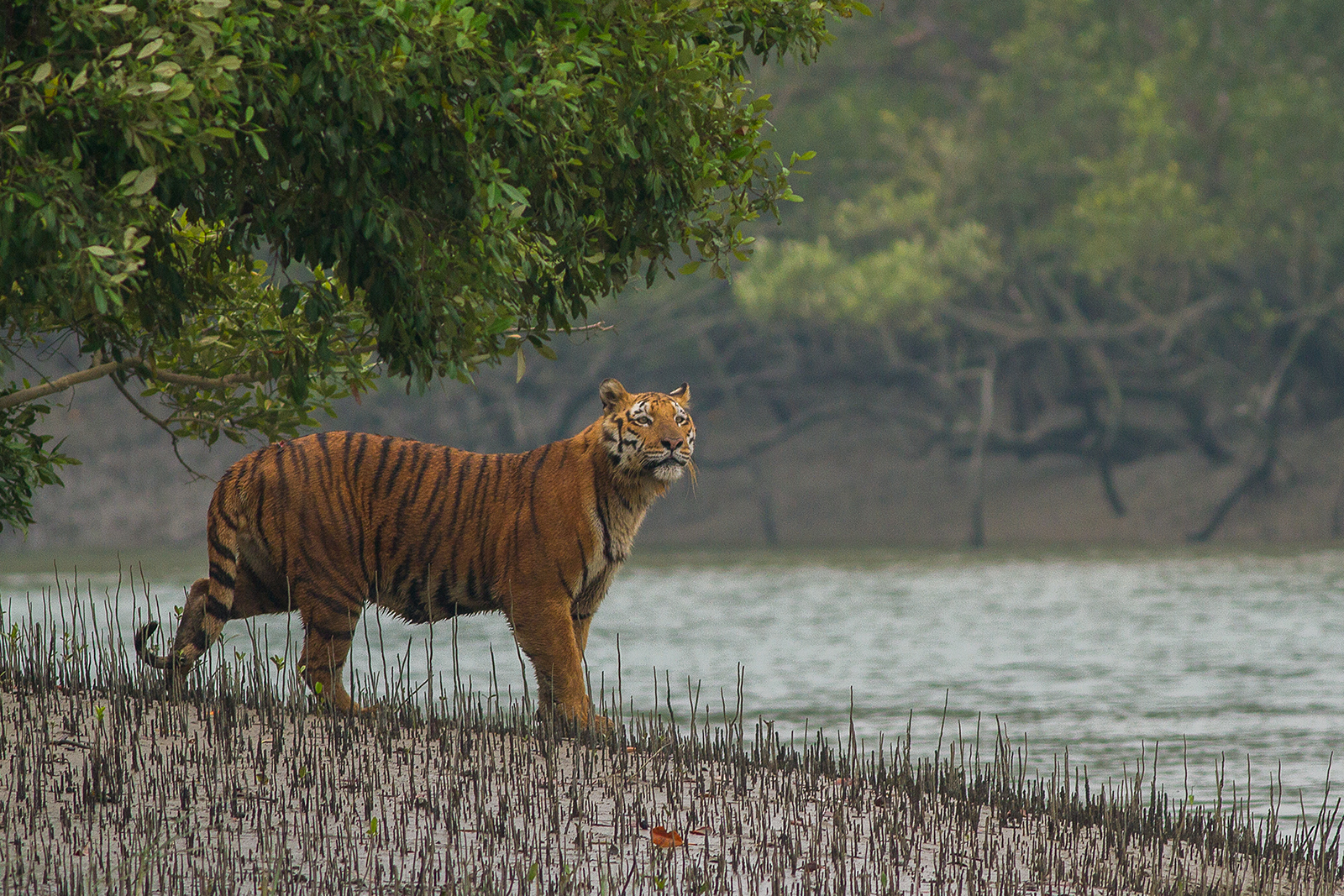
Mangrove Ecosystem
The total area of world mangroves is about 15 million hectares that are distributed in 123 countries, although over two-thirds of mangroves are occurred only 12 countries, while Indonesia top most and covering about 20%, Bangladesh placed sixth and occupied of 4% of the global mangroves area (Hossain, 2015; Sarhan, 2014). Total natural mangrove (Sundarban Reserve Forest- SRF) is 601,700 hectares (BFD web portal) and planted mangrove is about 55,100 hectares (Atlas_final_01.pdf (bforest.gov.bd)
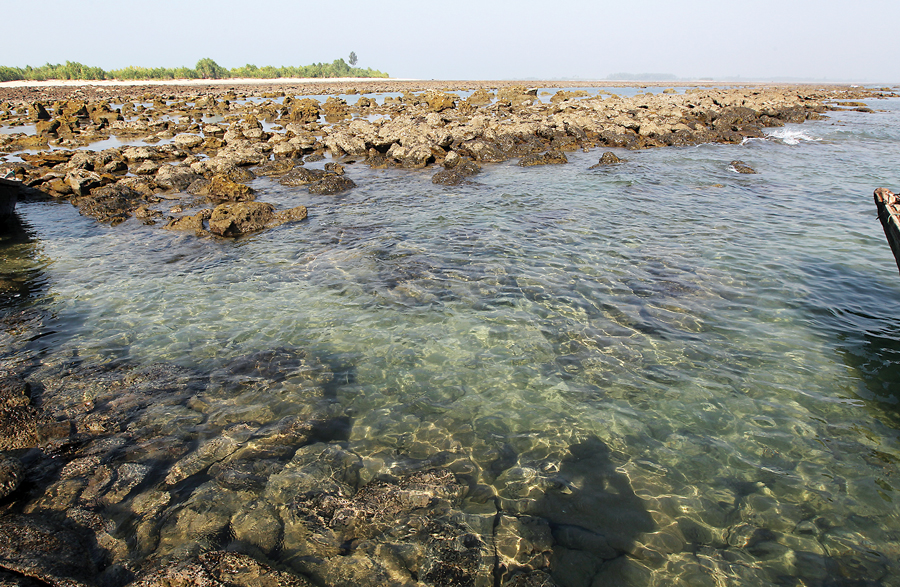
Coral Reef Ecosystem
In Bangladesh, coral reef grows thoroughly in the north-east region of the Bay of Bengal in Saint Martin Island. In Saint Martin Island near about 66 types of coral species are found. Coral reefs are significant for many different reasons aside from supposedly containing the most diverse ecosystems on the Earth. Coral reefs protect coastlines in many ways such as damaging effects of wave action, tropical storms, provide habitats and shelter for many marine organisms. Coral reefs are the dominant source of nitrogen and other essential nutrients for marine food chains.(shovon et al., 2021)


